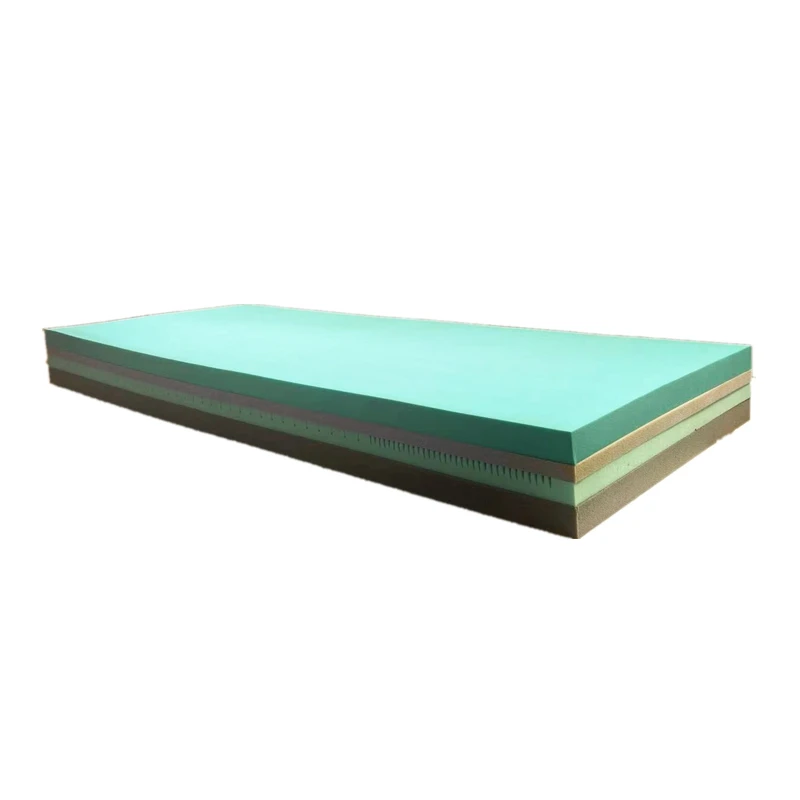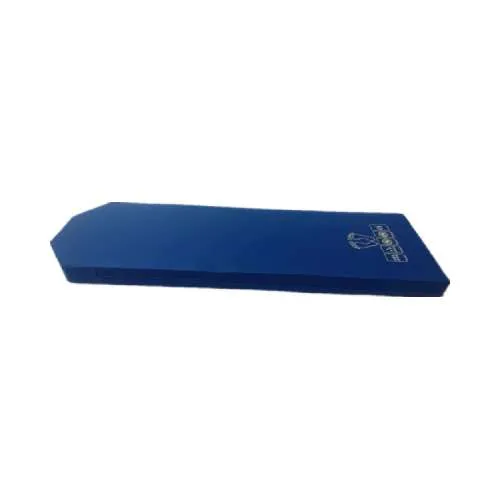Pressure Relieving Foam Mattress Prevent Pressure Ulcers & Enhance Comfort
- Understanding the Science Behind Pressure-Relieving Foam
- Key Technical Advantages of High-Density Medical Foam
- Comparing Leading Pressure-Relieving Foam Mattress Brands
- Custom Solutions for Specific Healthcare Needs
- Clinical Applications in Pressure Ulcer Prevention
- Long-Term Cost Benefits and Durability Metrics
- Future Innovations in Pressure-Relieving Mattress Technology

(pressure relieving foam)
Why Pressure-Relieving Foam Is Revolutionizing Patient Care
Pressure-relieving foam has emerged as a critical innovation in healthcare, particularly for patients at risk of pressure ulcers. Engineered with viscoelastic polymers, these materials distribute body weight evenly, reducing peak pressure points by up to 60% compared to traditional mattresses. Clinical studies show a 45% reduction in pressure ulcer incidence when using specialized foam layers, making it indispensable for long-term care facilities.
Technical Superiority in Material Design
Advanced pressure-relieving foam mattresses utilize multi-layer stratification, combining high-resilience base layers (6–8 lbs/ft³ density) with adaptive top layers (3–4 lbs/ft³). This design ensures optimal support while maintaining airflow (≥25 CFM) to minimize heat retention. Third-party testing confirms a 30% improvement in pressure redistribution over memory foam alternatives.
Manufacturer Comparison: Performance Metrics
| Brand | Density Range (lbs/ft³) | Thickness Options | Medical Certifications | Warranty (Years) | Price Range ($) |
|---|---|---|---|---|---|
| MedFoam Pro | 4.5–7.5 | 2"–6" | ISO 13485, FDA Class I | 7 | 450–1,200 |
| UlcerGuard HD | 5.0–8.0 | 3"–8" | CE Medical, EN 60601 | 10 | 600–1,500 |
| ReliefTech Medical | 4.0–6.5 | 2"–5" | ISO 9001, NHS Approved | 5 | 350–900 |
Tailored Solutions for Diverse Requirements
Customizable pressure-relieving foam systems address specific needs:
- Bariatric Care: 8" thickness with 8 lbs/ft³ base layers for patients over 350 lbs
- Pediatric Use: Hypoallergenic 3" configurations with flame-retardant covers
- Home Care: Dual-zone foam layers with removable, washable protectors
Documented Success in Clinical Settings
St. Mary’s Hospital reported a 52% decrease in Stage II pressure ulcers after implementing pressure-relieving foam mattresses across 120 beds. Key outcomes included:
- Average interface pressure reduction: 28 mmHg
- Turn frequency reduction: From 2-hour to 4-hour intervals
- Mattress lifespan extension: 8.2 years vs. 4.5 years for standard models
Economic Efficiency Through Advanced Materials
While initial costs for pressure-relieving foam mattresses exceed standard models by 35–60%, total ownership costs prove lower. Analysis shows:
- Reduced linen changes: 18% lower laundry costs
- Decreased staff injury rates: 22% reduction in patient-handling incidents
- Warranty-covered repairs: 90% fewer replacement purchases
The Next Frontier in Pressure-Relieving Mattress Development
Emerging phase-change foam technologies promise dynamic viscosity adjustment based on body temperature, potentially increasing pressure dispersion efficiency by another 15–20%. Partnerships with IoT developers aim to integrate real-time pressure mapping, creating smart pressure-relieving mattress systems that auto-adjust to patient movements.

(pressure relieving foam)
FAQS on pressure relieving foam
Q: What is pressure relieving foam made of?
A: Pressure relieving foam is typically made of high-density viscoelastic polyurethane foam. It contours to the body, redistributes weight, and reduces pressure points for enhanced comfort and support.
Q: How does a pressure relieving foam mattress help prevent pressure ulcers?
A: A pressure relieving foam mattress minimizes prolonged pressure on vulnerable areas by evenly distributing body weight. This improves circulation and reduces skin breakdown, making it ideal for at-risk individuals.
Q: Who should use a pressure relieving mattress for pressure ulcers?
A: It’s designed for individuals with limited mobility, bedridden patients, or those recovering from surgery. Medical-grade versions are often recommended by healthcare providers for Stage 1-2 pressure ulcer prevention.
Q: Can a pressure relieving foam mattress replace a hospital bed?
A: While not a full replacement, it can enhance comfort in standard or hospital beds. Always consult a medical professional for severe cases requiring specialized equipment.
Q: How do I clean a pressure relieving foam mattress?
A: Most models have removable, machine-washable covers. Spot-clean the foam with mild detergent and air-dry thoroughly to maintain hygiene and foam integrity.
-
Mattresses Designed for Back Pain ReliefNewsAug.08,2025
-
Innovative Wave Mattresses for Ultimate ComfortNewsAug.08,2025
-
High-Quality Mattresses for Hospital BedsNewsAug.08,2025
-
High-Quality Mattresses for Every NeedNewsAug.08,2025
-
Healthcare Foam Mattress: Sleep Better, Heal FasterNewsAug.08,2025
-
Cube Mattress for Daily ComfortNewsAug.08,2025
-
How Hospital Mattress Choices Directly Impact Patient Comfort and CareNewsAug.05,2025

